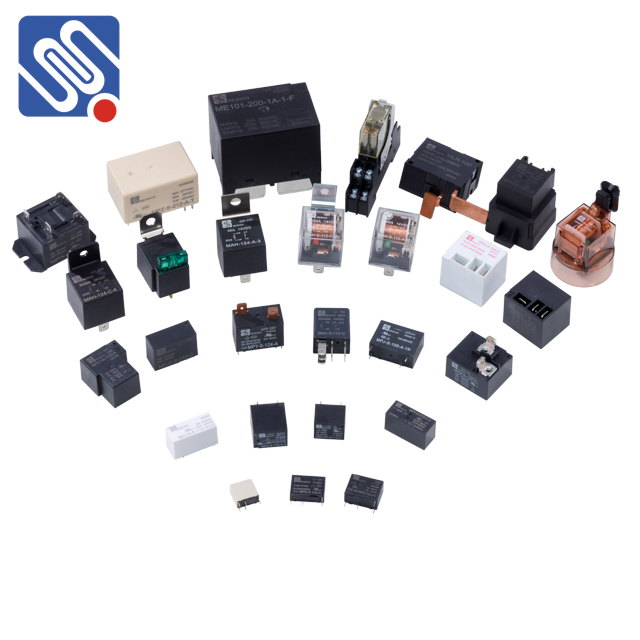In the realm of modern web development, especially in the context of GraphQL, Relay has emerged as a powerful framework designed to optimize data fetching and state management for React applications. One of the key aspects that set Relay apart is its robust system of “Relay types,” which helps developers efficiently handle data relationships and pagination. This article will delve into the core Relay types, exploring their significance and utilization in creating streamlined, performant applications.

What is Relay? Relay is a JavaScript framework developed by Facebook, primarily for React applications, which facilitates data fetching using GraphQL. It provides a set of conventions and tools that enable developers to retrieve only the data their components need, leading to reduced over-fetching and enhanced performance. At its heart lie various Relay types that form the foundation for this efficient data handling. Core Relay Types 1. Node The Node interface is a crucial component of Relay’s architecture. It defines a structure for any object that can be fetched by a Relay application. Every entity that implements the Node interface must expose a unique id field, allowing it to be unambiguously identified across the system. By adhering to the Node interface, developers can seamlessly reference and manipulate various entities, creating a consistent data model throughout their application.